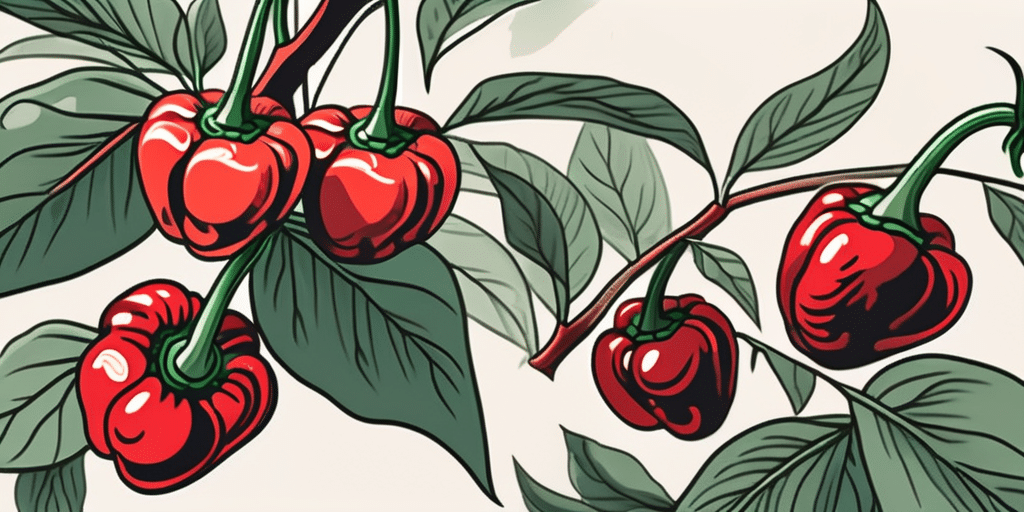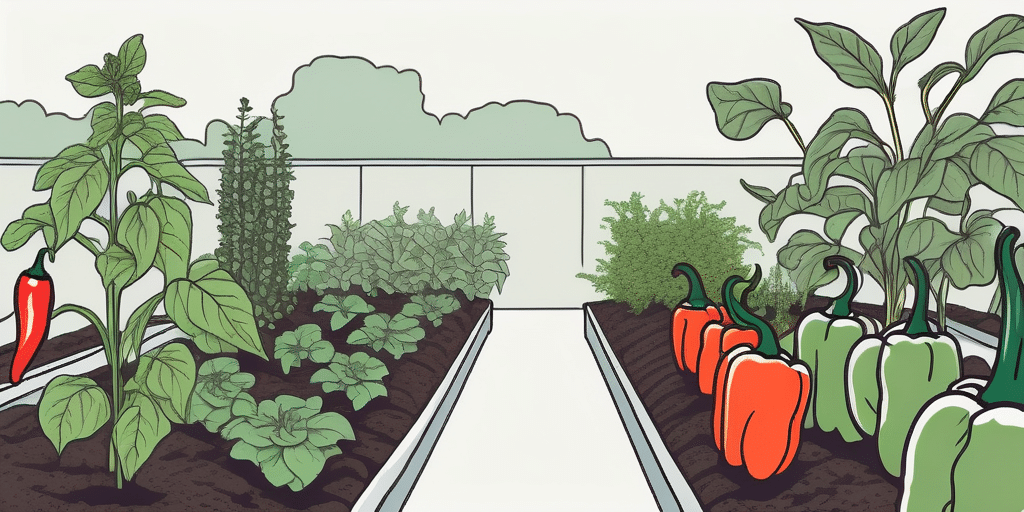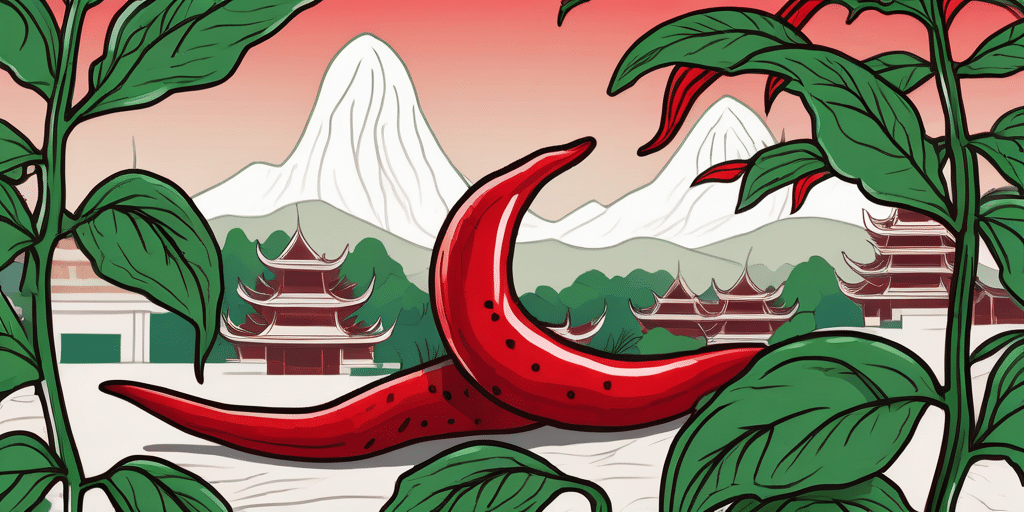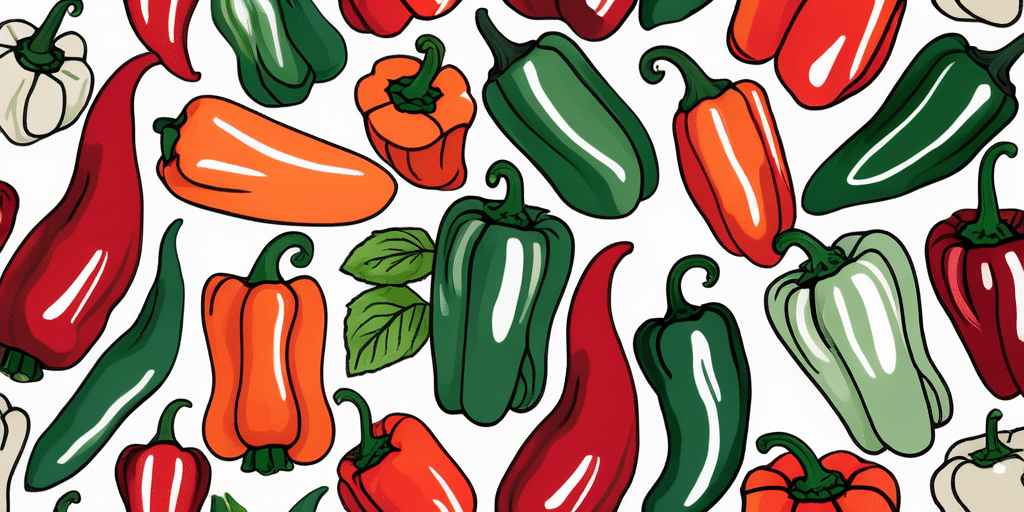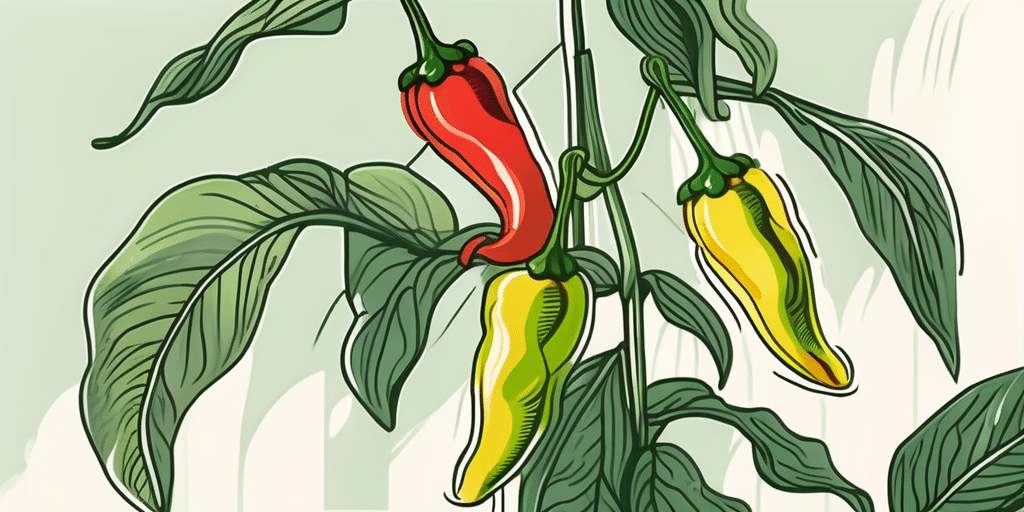Growing peppers from seeds can be a rewarding and fulfilling experience. Whether you’re a seasoned gardener or a beginner looking to try your hand at growing your own vegetables, this step-by-step guide will provide you with all the information you need to successfully grow peppers from seeds.
Understanding the Basics of Pepper Growth

Before you embark on your pepper-growing journey, it’s important to familiarize yourself with the basics of pepper growth. Peppers come in various shapes, sizes, colors, and levels of spiciness, making them a versatile addition to any garden.
Peppers, scientifically known as Capsicum annuum, are members of the nightshade family, Solanaceae. They are native to Central and South America and have been cultivated for thousands of years. Today, they are grown all over the world and are a popular ingredient in many cuisines.
When it comes to pepper growth, there are several factors to consider, including the types of peppers you can grow and the ideal conditions for their cultivation.
Types of Peppers You Can Grow
There are numerous types of peppers that you can grow from seeds, including sweet bell peppers, hot peppers like jalapenos or habaneros, and specialty varieties such as banana peppers or pimentos. Each type of pepper has its own unique flavor profile and culinary uses.
Sweet bell peppers, for example, are mild and crunchy, making them perfect for salads, stir-fries, and stuffing. On the other hand, hot peppers like jalapenos or habaneros add a fiery kick to dishes and are commonly used in salsas, hot sauces, and spicy marinades. Specialty varieties like banana peppers or pimentos are often pickled or roasted and used as toppings or ingredients in various recipes.
When choosing which types of peppers to grow, it’s important to consider your taste preferences, the level of spiciness you can handle, and the culinary dishes you plan to use them in.
Ideal Conditions for Growing Peppers
Peppers thrive in warm climates and require full sun exposure (at least six hours of direct sunlight per day) to reap maximum yields. They are typically grown as annuals, but in regions with mild winters, they can be grown as perennials.
Before planting peppers, it’s crucial to prepare the soil properly. Peppers prefer well-draining soil that is rich in organic matter. You can amend the soil with compost or well-rotted manure to improve its fertility and drainage.
In addition to soil quality, peppers also prefer a slightly acidic soil pH level ranging from 6.0 to 6.8. You can test the pH level of your soil using a soil testing kit and make adjustments if necessary by adding lime to raise the pH or sulfur to lower it.
When it comes to watering peppers, it’s important to strike a balance. Overwatering can lead to root rot, while underwatering can cause the plants to wilt and produce smaller fruits. Aim to keep the soil consistently moist but not waterlogged.
Furthermore, peppers benefit from regular fertilization throughout the growing season. You can use a balanced fertilizer or one specifically formulated for vegetables to provide the necessary nutrients for healthy growth and abundant fruit production.
By providing the ideal growing conditions, including proper sunlight, well-draining soil, and adequate water and nutrients, you can ensure that your pepper plants thrive and yield a bountiful harvest.
Gathering Your Supplies
Before you can start growing peppers from seeds, it’s essential to gather all the necessary supplies. This will ensure that you have everything you need at hand and can proceed smoothly with the planting process.
But first, let’s delve into the world of peppers. Peppers, scientifically known as Capsicum annuum, are a popular vegetable that comes in a variety of shapes, sizes, and colors. From the mild and sweet bell peppers to the fiery habaneros, there is a pepper to suit every taste bud.
Now, let’s move on to the first step in the process – choosing the right seeds.
Choosing the Right Seeds
When selecting pepper seeds, opt for fresh, high-quality seeds from reputable suppliers. Look for varieties that are well-suited to your growing conditions and desired taste preferences. Consider factors such as disease resistance, heat tolerance, and maturity time when making your selection.
There are hundreds of pepper varieties available, each with its own unique characteristics. Some popular choices include the sweet and crunchy bell peppers, the mildly spicy jalapenos, and the smoky and flavorful chipotle peppers.
Now that you have chosen your seeds, it’s time to gather the necessary equipment for planting.
Necessary Equipment for Planting
Gather the following equipment to provide the optimal growing environment for your pepper seeds:
- Seed trays or pots: These containers will serve as the home for your pepper seeds until they are ready to be transplanted into the garden. Choose containers that have good drainage to prevent waterlogging.
- Seed starting mix or soilless potting mix: This specialized mix provides the right balance of nutrients and moisture retention for young pepper plants. Avoid using regular garden soil, as it may contain pests or diseases.
- Plastic covers or humidity domes: These covers create a mini greenhouse effect, trapping moisture and heat to promote seed germination. They also help to maintain a consistent temperature and humidity level.
- Grow lights or a sunny window: Pepper seeds require ample light to grow into healthy seedlings. If you don’t have access to a sunny window, consider investing in grow lights specifically designed for indoor gardening.
- Watering can or spray bottle: Pepper seeds are delicate and require gentle watering. A watering can with a fine rose or a spray bottle will help you provide a light misting of water without disturbing the seeds.
Now that you have gathered all the necessary supplies, you are well-prepared to embark on your pepper-growing journey. The next step is to plant the seeds and provide them with the care they need to thrive. But that’s a story for another time…
Starting Your Seeds Indoors

Starting your pepper seeds indoors gives them a head start before the outdoor growing season begins. Follow these steps to successfully start your seeds:
Preparing the Seeds for Plantation
Before sowing your pepper seeds, it’s important to prepare them for planting. Soak the seeds in water for 24 hours to soften the outer shell and promote germination. Consider using a seed-starting hormone to further enhance germination rates.
Planting the Seeds
Fill your seed trays or pots with a seed starting mix, ensuring good drainage. Plant the seeds at a depth of ¼ to ½ inch, gently covering them with soil. Mist the soil surface with water to provide adequate moisture for germination.
Caring for Your Seedlings
Place the trays or pots in a warm location with temperatures between 70°F and 80°F. Provide indirect light or use artificial grow lights to encourage healthy growth. Keep the soil consistently moist but avoid overwatering, as it can lead to fungal diseases. Once the seedlings emerge, remove the plastic covers or domes to improve air circulation.
Transplanting Your Peppers Outdoors

When your pepper seedlings have developed strong roots and the danger of frost has passed, it’s time to transplant them outdoors. Follow these guidelines for successful transplantation:
When and How to Transplant
Transplant your pepper seedlings when they have developed their first set of true leaves, usually around 6 to 8 weeks after planting. Choose a cloudy day or transplant in the late afternoon to avoid stressing the plants. Dig a hole slightly larger than the root ball and gently place the seedling, ensuring it sits at the same depth as it did in the container.
Choosing the Right Location in Your Garden
Select a sunny spot in your garden for your pepper plants. Ensure that the soil is well-draining and has been amended with compost or organic matter. Space the transplanted seedlings according to the recommended spacing distance for the specific pepper variety you are growing.
Maintaining Your Pepper Plants
Successfully growing healthy pepper plants requires proper care and maintenance throughout the growing season. Pay attention to the following aspects to ensure your plants thrive:
Watering and Fertilizing Your Plants
Pepper plants require consistent moisture to produce high-quality fruit. Water deeply and evenly, avoiding both under and overwatering. Apply a balanced fertilizer every 3 to 4 weeks, following the manufacturer’s instructions. Consider supplementing with calcium to prevent blossom end rot.
Dealing with Pests and Diseases
Monitor your pepper plants regularly for signs of pests or diseases such as aphids, caterpillars, or fungal infections. Implement organic pest control methods like hand-picking insects or using insecticidal soap. Rotate your pepper plants each year to minimize the risk of disease buildup in the soil.
By following this step-by-step guide, you’ll be well on your way to growing peppers from seeds successfully. Enjoy the process and savor the delicious peppers you’ve cultivated in your own garden!

